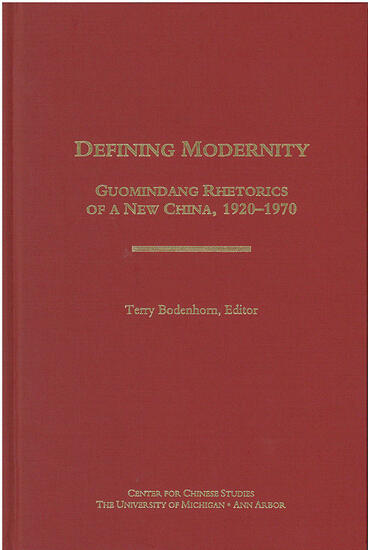Defining Modernity
Guomindang Rhetorics of a New China, 1920–1970
Employs a close analysis of cultural, ideational, and symbolic practices in a reappraisal of Guomindang history
Description
Over the course of the twentieth century, the Guomindang, also known as the KMT or Nationalist Party, articulated and marketed symbols, traits, and institutions crucial to a modernizing China. These included tangible elements (paper money, flags, national anthems), specific institutions (educational, governmental, and scientific facilities), and intangible qualities (nationalism, social trust, social discipline). Understood as the constituents of modernity, all these elements drew the attention and advocacy of Party members.Defining Modernity offers a reappraisal of Guomindang history based on a close analysis of cultural, ideational, and symbolic practices rather than the more common social, political, and economic frames. Chapters on education policies and practices, Nationalist Party relations with Chinese Christian and missionary communities, the use of paper currency, political propaganda, and the construction of scientific institutions all provide fresh points of comparison with Chinese Communist ideas, practices, and dilemmas. The essays here highlight the complexities and range of creative possibilities confronting a nation-state bent upon the “modernizing” mission.
Terry Bodenhorn is Assistant Professor of History, University of Illinois, Springfield.

